XR, AR, VR
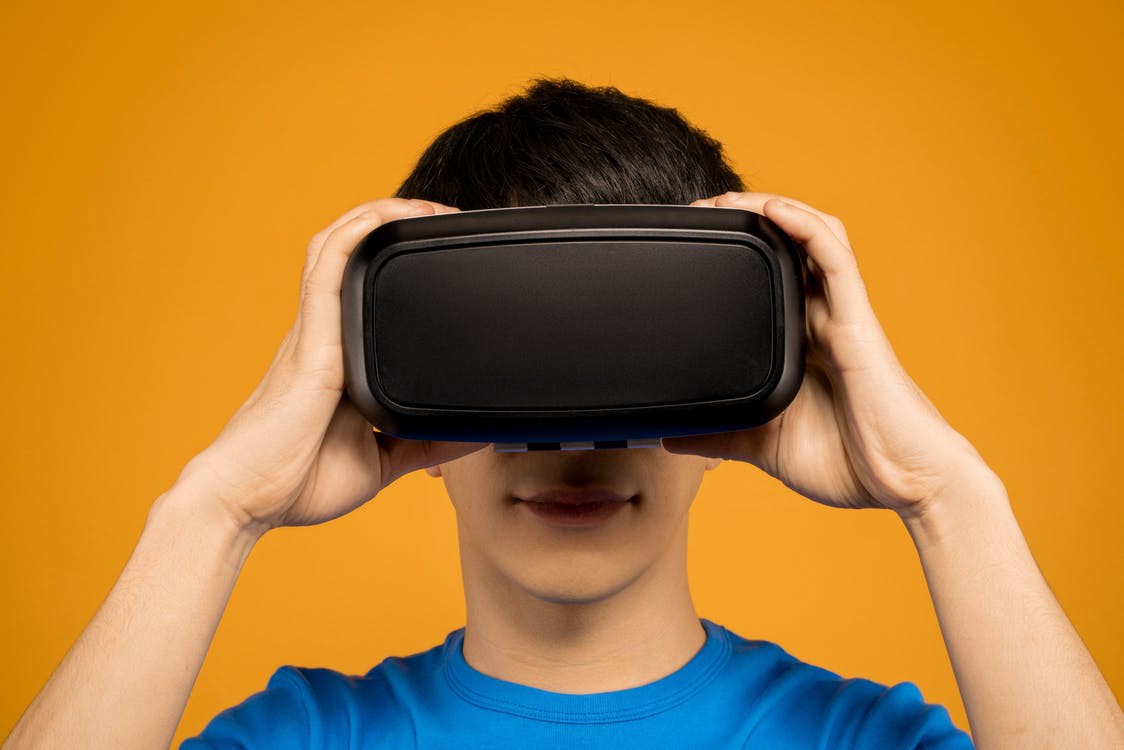
In France, we say “try it and you’ll adopt it” This expression covers a reality: trying out a product allows you to picture yourself and convince users to make a purchase.
The concept of virtual try-on has been present for some times now on our smartphone, notably through the filters we are familiar with from social networks; filters that have contributed to the development of facial recognition technologies for images and video.
Funny, they have also proved to be a great way to test products: a smartphone in hand and, from your sofa, you can test a new shade of lipstick or a new pair of sunglasses. An entertaining and increasingly realistic experience.
According to Gartner, by 2022, nearly 70% of companies will be using immersive customer experiences in an experimental form.
**Is it a Gadget? A fade-out? ** Before the COVID-19 crisis, the benefits were already considerable: mobile fitting, time-saving, sharing with friends and on social networks, etc. Augmented Reality made it possible to satisfy this desire for a tangible link with the product, which is missing when buying over the Internet.
Since the upheaval associated with Coronavirus, people have been led to travel less and adopt new behaviors, particularly “contactless.” Some stores are banning fitting rooms in the face of the constraints of managing the disinfection procedures for the items being tried on. More than ever, augmented reality is becoming a viable solution for brands to promote the act of buying.
It also means less product sampling: a smart decision for the planet. 🙂
Are we moving towards a renewal of the customer experience? This is indeed the trend that is emerging. Brands are deciding to add augmented reality to their activities to offer a better value for the customer. It is also an opportunity to directly observe their consumers’ preferences, remove the salesperson’s prism (it also creates a direct link to the customer for the brand), or generate interest and desirability around a product.
Augmented Reality proves to be a lever to engage users emotionally. The user goes from a passive to an active state and becomes an actor of his virtual fitting, which contributes to the brand impact for the consumer. With virtual reality, the shopping experience is revisited and leaves users with a positive, sometimes changed impression of the brand.
In this spirit, the application “Beauty Unleashed” by Nocibé, on which we had the pleasure to redesign recently, has integrated ModiFace solution.
The international leader in AR and artificial intelligence for the beauty industry, it was acquired by L’Oréal in 2018.
The application brings together more than 20,000 products, allows the brand’s products to be tested. ModiFace analyzes textual and visual information related to a make-up shade and reproduces it realistically via augmented reality.
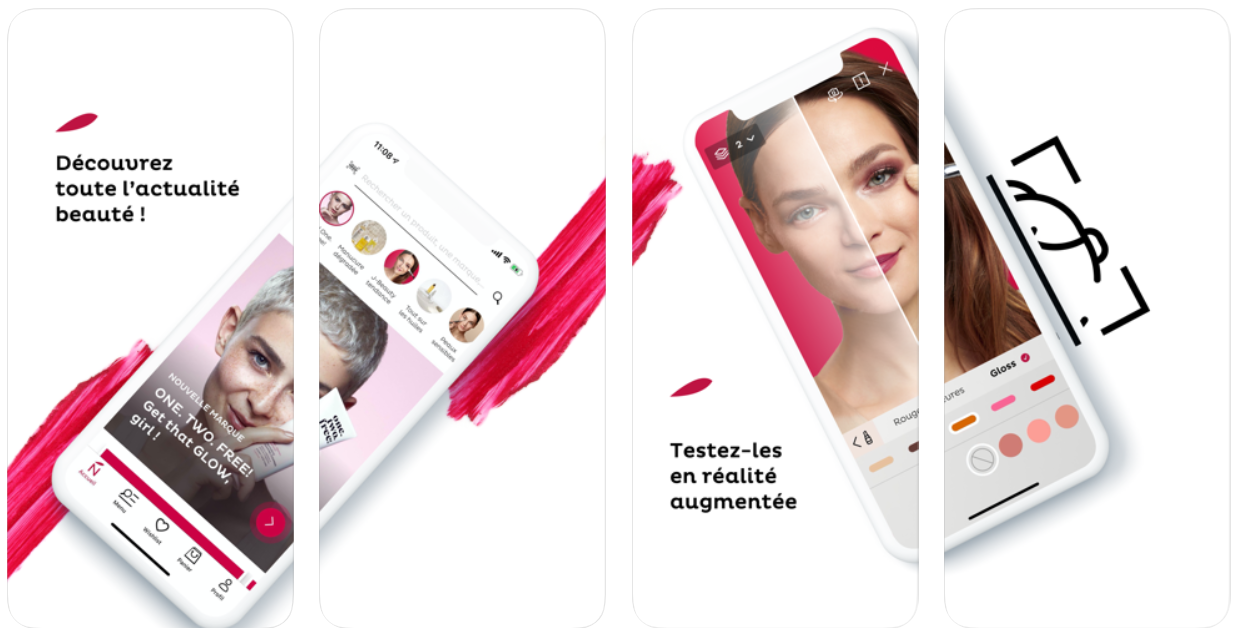
Removing the barrier of downloading an application L’Oréal and ModiFace are taking it one step further by offering consumers the opportunity to virtually try Garnier brand hair colors in early 2020.
The principle is to use the Google Lens image recognition function, integrated into the camera application or the Google Assistant on Android and available on the App Store for iOS, to recognize the product and the shade; then to allow consumers to try out the color shades directly via the camera on their smartphone.
This immersive experience aims to help shoppers identify the right color for them before buying the product and reduce dissatisfaction.
ModiFace has developed several patented virtual fitting solutions and is present at online giants such as Amazon (fitting only L’Oréal products) and at a physical point of sale.
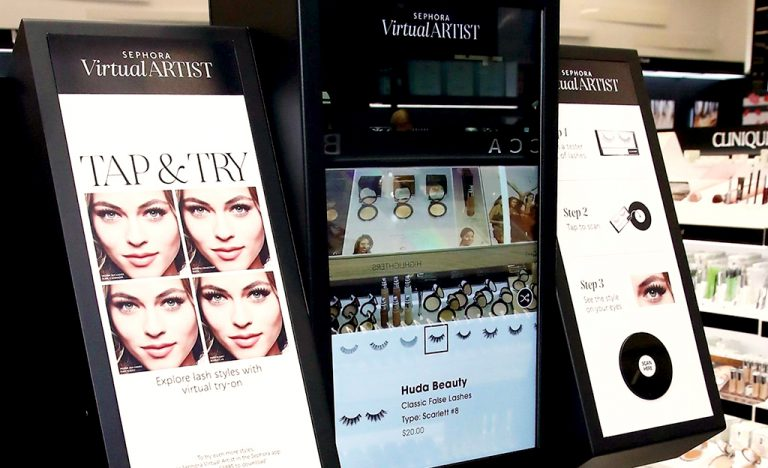
Augmented reality works very well with cosmetics, but what about larger parts?
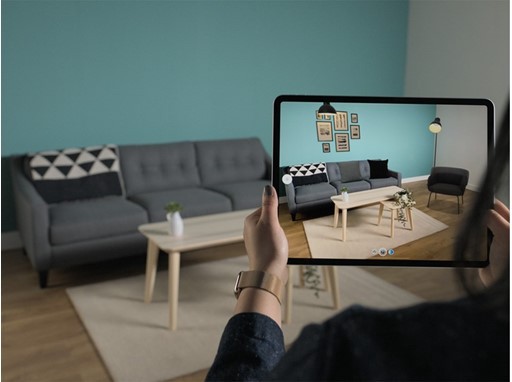
Buying furniture online is always uncomfortable as you are never sure it will fit or suit your interior; those apps increase the conversion rate and reduce the return/exchange number.
Ikea and Amazon set new standards using AR by providing the feature much expected by their clients: the virtual try-on.
“Studio Mode with the new iPad Pro presents powerful proof of the potential AR and AI have to deliver more meaningful, personal, and playful experiences at home with IKEA” says Kaave Pour, Director at SPACE10, IKEA’s research, and design lab.
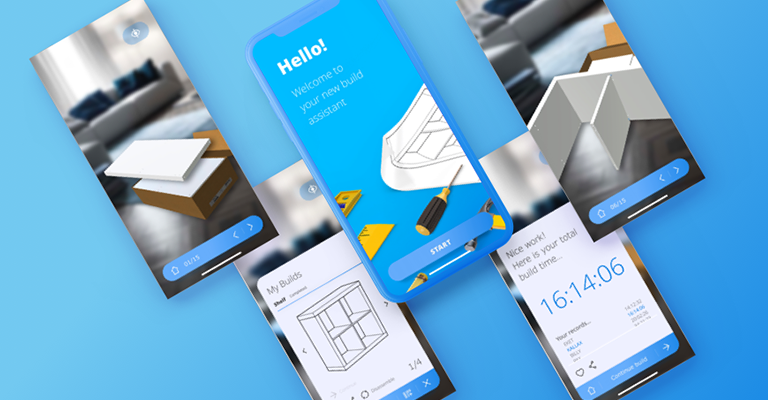
IKEA Assistant prototype assists you, step by step, in the sometimes complex construction of your furniture.
And I think it’s wonderful how life is made simple with technology.
AR is a game-changer in the industrial sector
Industrial is the first target of AR/XR allowing them to reduce their cost by bringing new capabilities to their employees: training, check on security procedures, advanced information display, smart display to help them…
Digital twins are productivity tools that allow industrialists to make significant savings and avoid space constraints or costly environment replication.
For that we need more advanced AR equipment such as MagicLeap or HoloLens are the first steps of this technological shift.
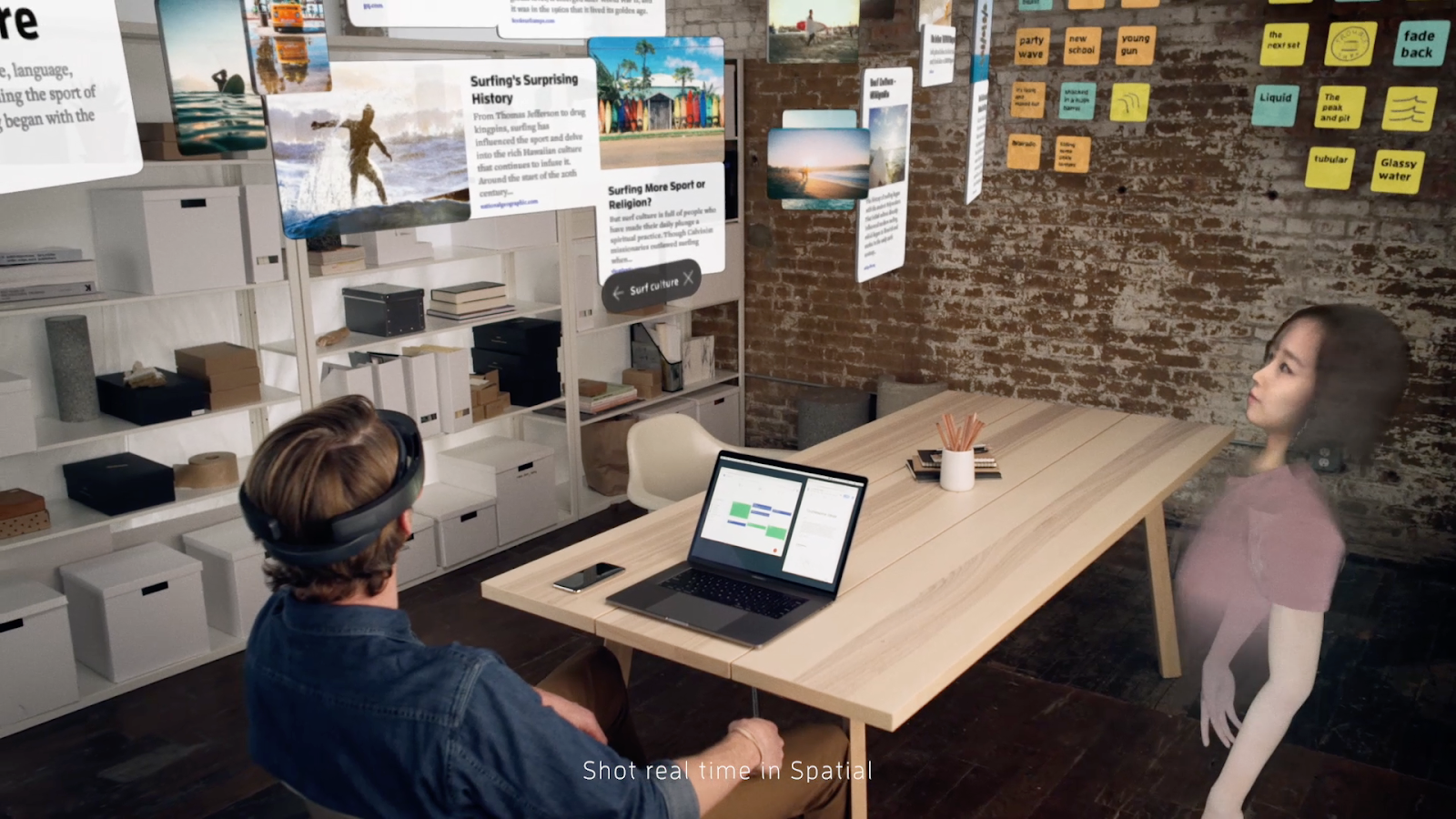

Starting with simplifying the daily life with more lively meeting thanks to the concept of the startup Spatial.io, which allows employees to collaborate in a virtual space, for example, used by BNP in France.
Display a BIM model to a construction site and thus mixing reality by bringing relevant construction information to the teams.
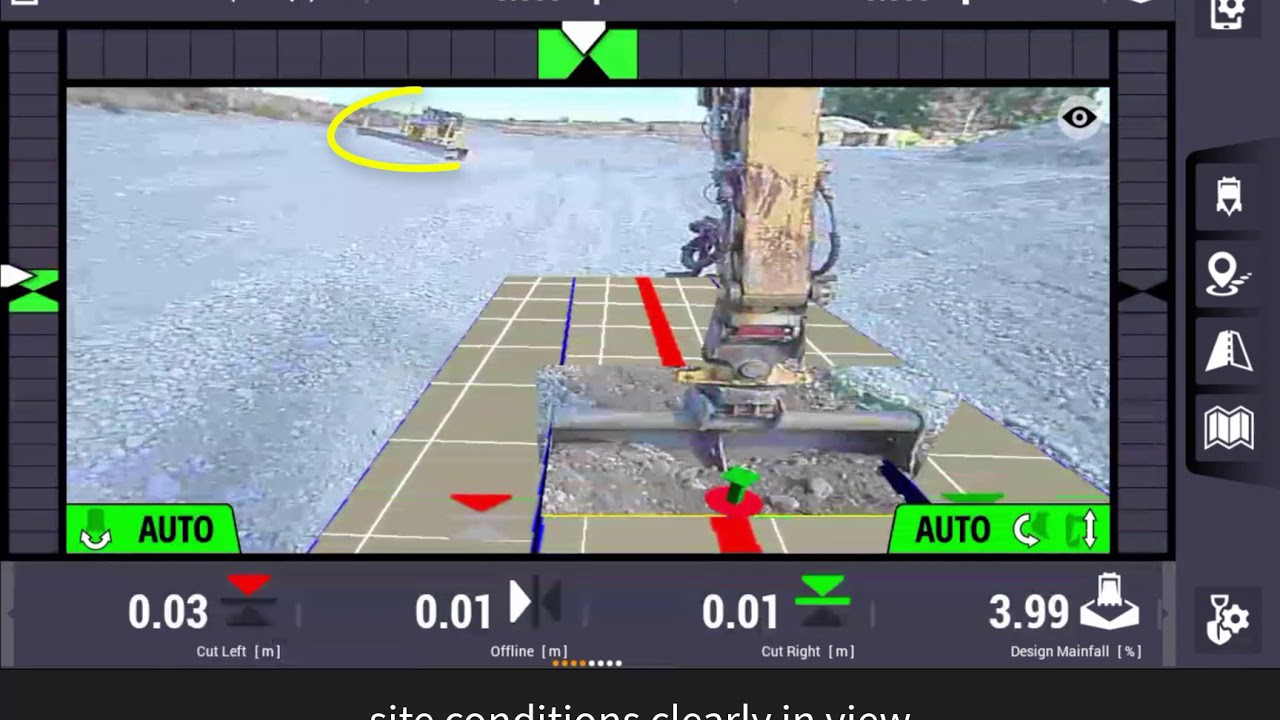
It can also reveal hidden cables to warn excavator driver, or simply help them to adjust the digging level.
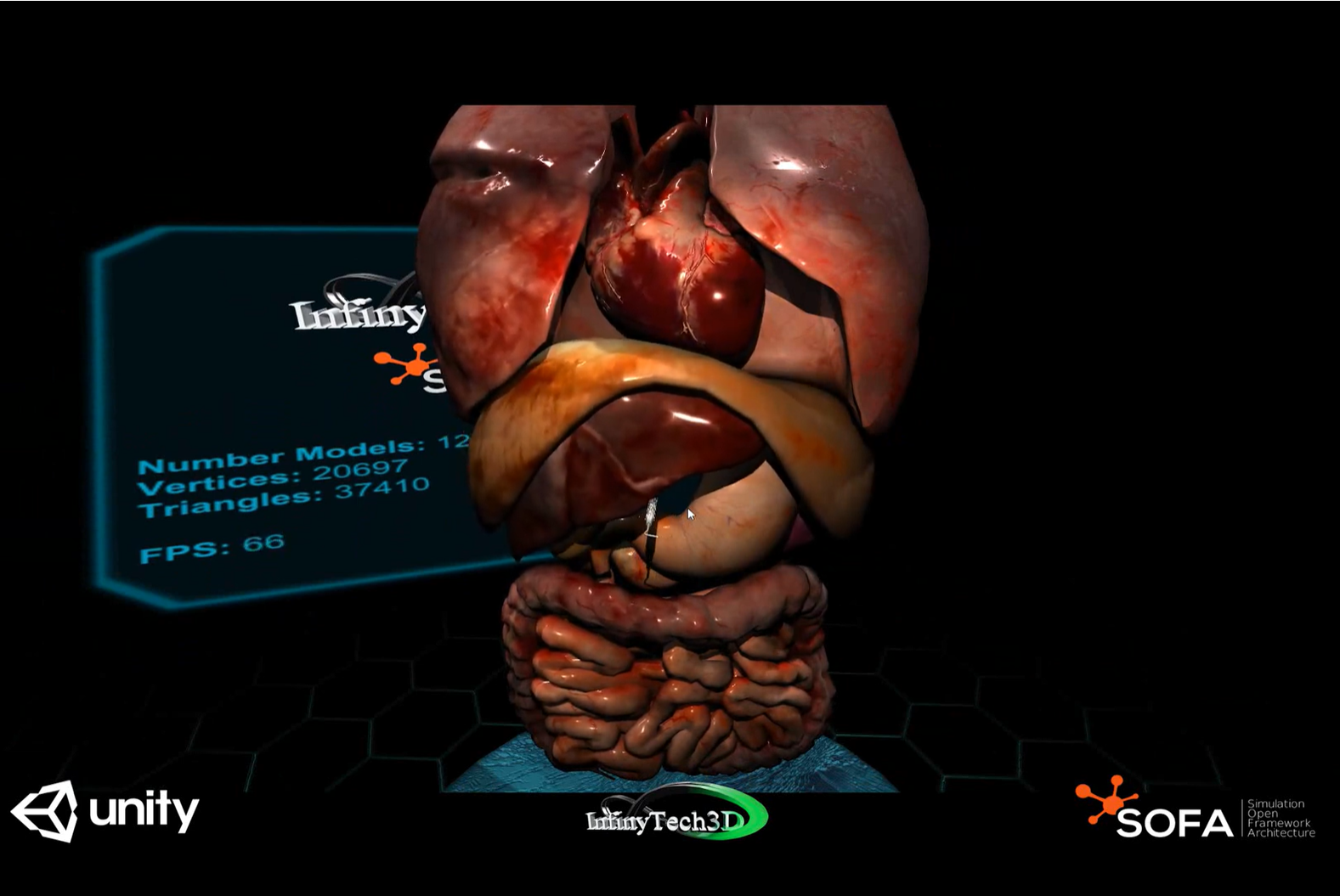
The training of hospital staff is being revolutionized with AR/XR for example, the use of SofaConsortium technologies and its link with the physical world thanks to soft robotics.
**What about tomorrow’s experiment? **The next steps of augmented reality will be around XR (eXtended Reality), taking into account the context in which the user finds himself.
Adoption will also increase as the AR/XR devices are becoming smaller, offering 4k resolutions and a more seamless experience.
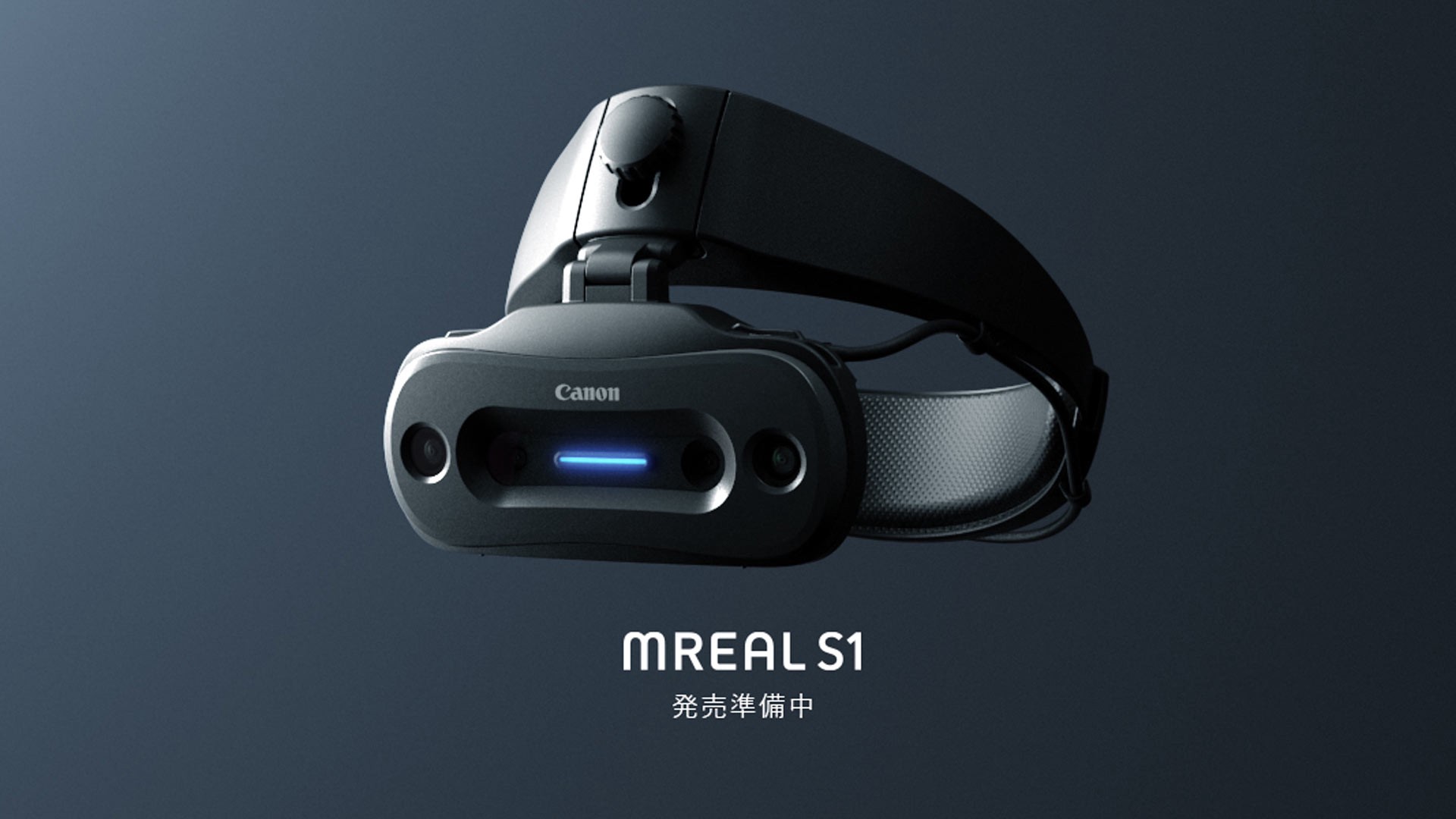
This will be possible thanks to two technological advances:
-
The integration of LiDAR (Light Detection and Ranging) technology in devices, allowing depth sensors as used in the new iPad Prod or Apple’s future augmented reality glasses, giving birth to new generations of personal (interior design, games, ) or professional (BIM in situ annotation, measurement, quality control) assistants.
-
AI’s ability to consider the environment, thanks to the increase in the frequency of calculation, allows computer-aided vision and the correlation of different data sources to gain in speed of execution and understanding of the world around it.
These new skills will enable us to increase our knowledge and abilities and thus increase our growth.
**In summary **We are at the dawn of new approaches to life, new technical capabilities progressing rapidly. Even if they are not perfect for professional use in terms of precision (limitation of APIs using 3D engines such as Unity or Unreal Engine) for a coherent rendering and use (size, weight, and autonomy of helmets, for example).
However, the basic elements essential for realizing a project, including augmented reality, are present and already usable today in many projects.
Do you have an XR or Augmented Reality project?
-
Do you have an application or a website where you want to create a new experience?
-
Are you planning to create an application?
-
Are you considering an XR/AR feature?
-
Is your use case-ready, or do you need help demonstrating it?
We are here to help you build the future
**Fabien Gasser — Innovation Advisor @ Smile Innovation dpt. **We explore, test, and recommend new technologies, creating new offers and value propositions for our clients by working on artificial intelligence: automation assistants and computer vision using service design.
Noémie MAULINO](https://www.linkedin.com/in/noemiemaulino) — Presales @ [Smile
Glossary
Learn more about the different use cases of AR/VR/XR on by subscribing to our Techwatch mailing list curated by Thibault Milan!
Virtual Reality
Virtual reality shows a virtual world where you can move around and interact via two interposed screens. There are VR headsets that allow immersive experiences (the most common are HTC Vive, Oculus Rift, PlayStation VR, and Valve Index), but a phone with card box (Google, Samsung Gear VR, and others) can also be used.
Augmented Reality
The most common use of AR is with phones. Popularized with the Pokemon GO application, phones use different software technologies depending on the operating system. ARCore is used for Android users, ARKit is used for iOS users, and there is also a popular Vuforia hybrid AR software that works for both operating systems. This technology works by using your phone’s sensors and displays on its screen what the camera is capturing and the 3D objects you can interact with.
There are also glasses (Hololens from Microsoft and Magic Leap from Magic Leap) that can be worn like glasses and show you virtual objects by projecting light onto the glasses’ screen.
Mixed Reality
Mixed reality is merging real and virtual worlds to produce new environments and visualizations, where physical and digital objects co-exist and interact in real-time.